Latest Solana News
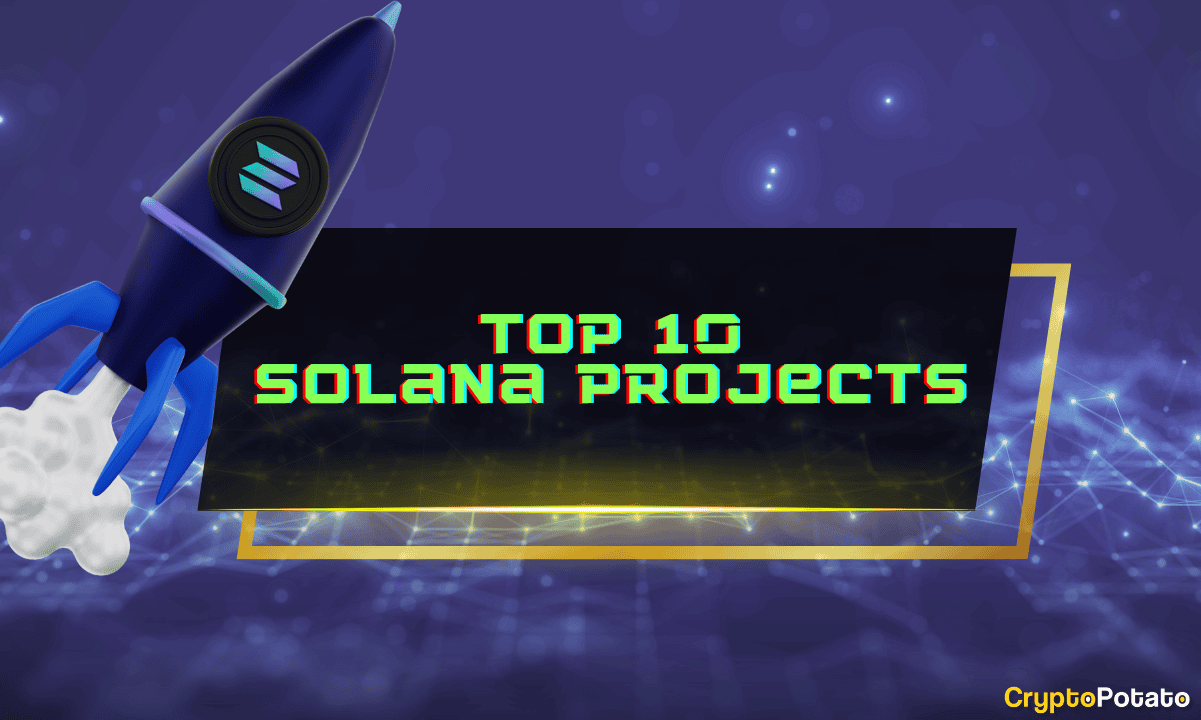
5 months ago
Solana's Resurgence: A Leader in Decentralized Finance
Solana has emerged as a leading player in the decentralized finance (DeFi) ecosystem, showcasing a remarkable recovery since the FTX exchange downfall in 2021. By 2024, Solana has solidified its position as one of the most popular blockchain networks, hosting a multi-billion dollar total value locked (TVL) and supporting a vast array of decentralized applications (dApps). The network is celebrated for its scalability, speed, and low transaction costs, making it an attractive platform for various projects, including lending, liquid staking, decentralized exchanges (DEXs), and non-fungible tokens (NFTs).
Among the standout projects on Solana, Phantom Wallet has become the largest self-custody wallet, facilitating safe cryptocurrency storage for millions of users. Jupiter, the top DEX on Solana, has gained traction with features like limit orders and dollar-cost averaging, while Marinade Finance leads in lending with its innovative liquid staking model. Magic Eden has established itself as the go-to NFT marketplace, and the meme coin Dogwifhat has captured significant attention in the crypto community. Other notable projects include Render Network, which focuses on decentralized GPU cloud rendering, and Ondo Finance, which tokenizes real-world assets to enhance liquidity and efficiency.
The importance of decentralized exchanges within the Solana ecosystem cannot be overstated, as they drive economic growth and uphold the principles of decentralized finance. As Solana continues to attract innovative projects and a growing user base, its resilience and adaptability in the face of challenges position it as a formidable player in the blockchain space. With billions in TVL and a diverse range of applications, Solana's DeFi ecosystem is poised for further expansion and success in the coming years.

5 months ago
ArkStream Capital Invests $30 Million in IO.Net to Decentralize GPU Computing
ArkStream Capital has recently completed a significant Series A investment in IO.Net, raising a total of $30 million. This funding round was led by Hack VC and included participation from over 20 prominent venture capitalists and angel investors from both domestic and international markets. This investment marks a strategic move by ArkStream Capital into the realms of artificial intelligence (AI) and decentralized infrastructure (DePIN), reflecting a strong belief that AI will be at the forefront of innovation in the current market cycle.
IO.Net aims to address the burgeoning demand for computing power driven by the rapid advancement of AI technologies. As tech giants scramble to acquire Nvidia GPUs to train large language models, the need for GPU resources has skyrocketed. IO.Net proposes a decentralized solution to the global GPU shortage by leveraging human collaboration and encryption technology, effectively creating a platform that operates similarly to Airbnb but for GPUs. By utilizing the Solana blockchain, IO.Net facilitates a permissionless environment for sharing computing resources, which includes data centers and high-performance workstations, thus tapping into previously idle GPU capacities.
The advantages of IO.Net are compelling, offering customers a cost-effective alternative to traditional cloud services while incentivizing GPU providers through the upcoming IO token. With plans to expand its GPU network to 500,000 concurrent GPUs, IO.Net is positioning itself as a formidable competitor to centralized cloud providers. Collaborations with major players in the DePIN and AI sectors further solidify its status as a key player in the decentralized GPU network landscape. ArkStream Capital's investment underscores a strong confidence in IO.Net's potential to lead the way in the evolving AI and decentralized technology ecosystem.
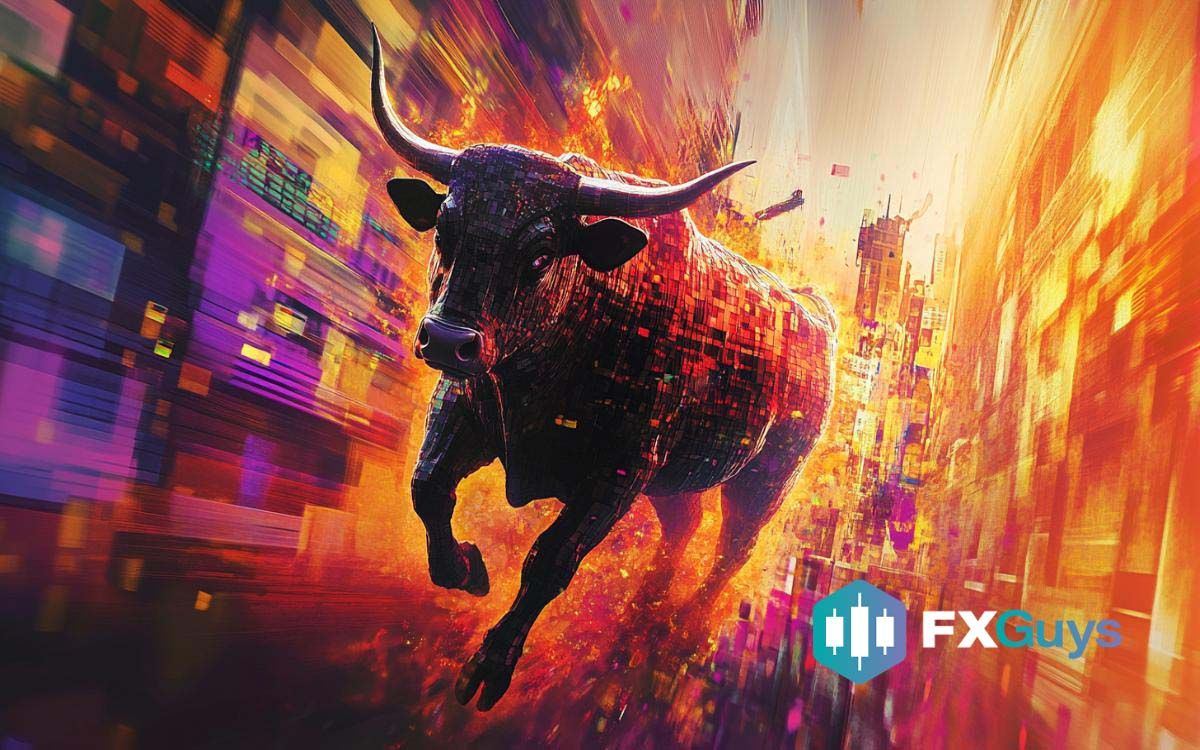
5 months ago
FXGuys Set to Outperform Major Altcoins in Upcoming Bull Run
Recent speculation suggests that FXGuys ($FXG) may surpass established altcoins like Solana (SOL) and Filecoin (FIL) in the upcoming bull market. Both SOL and FIL have experienced notable downtrends, with corrections of 25% and 12% respectively over the past month. In contrast, FXGuys is attracting traders with its innovative programs, particularly the Trader Funding Program, which empowers users to potentially turn a $100 investment into $10,000 by participating in its Stage 2 public presale, where $FXG is priced at $0.04. This has led to increased interest in FXGuys as a promising investment opportunity.
Solana, currently in a downtrend, has seen a 27% decline from its all-time high of $264. A crypto analyst, Carl Runefelt, noted that Solana has successfully tested a triangle pattern and could see a surge to $330 if it maintains levels above $180. The $175 support level is crucial for SOL, as holding this could trigger a rally, while a breach may lead to further selling pressure. Meanwhile, analysts believe that $FXG has the potential to outperform SOL and FIL in the upcoming bull run due to its unique offerings and market positioning.
Filecoin is also gaining attention, particularly with a reported 30% growth in decentralized storage usage and the launch of Filecoin Web Services. Despite a 12% price drop in the last month, analysts indicate that FIL has broken out of a two-year descending triangle pattern, signaling a potential end to its bearish phase. With a solid support level at $5, FIL could aim for a retest of its recent high of $8.25. However, the consensus among experts is that $FXG is poised to deliver significant returns, with projections suggesting it could achieve a remarkable 10,000% ROI in the next bull run, making it an attractive option for investors looking for high-growth opportunities.
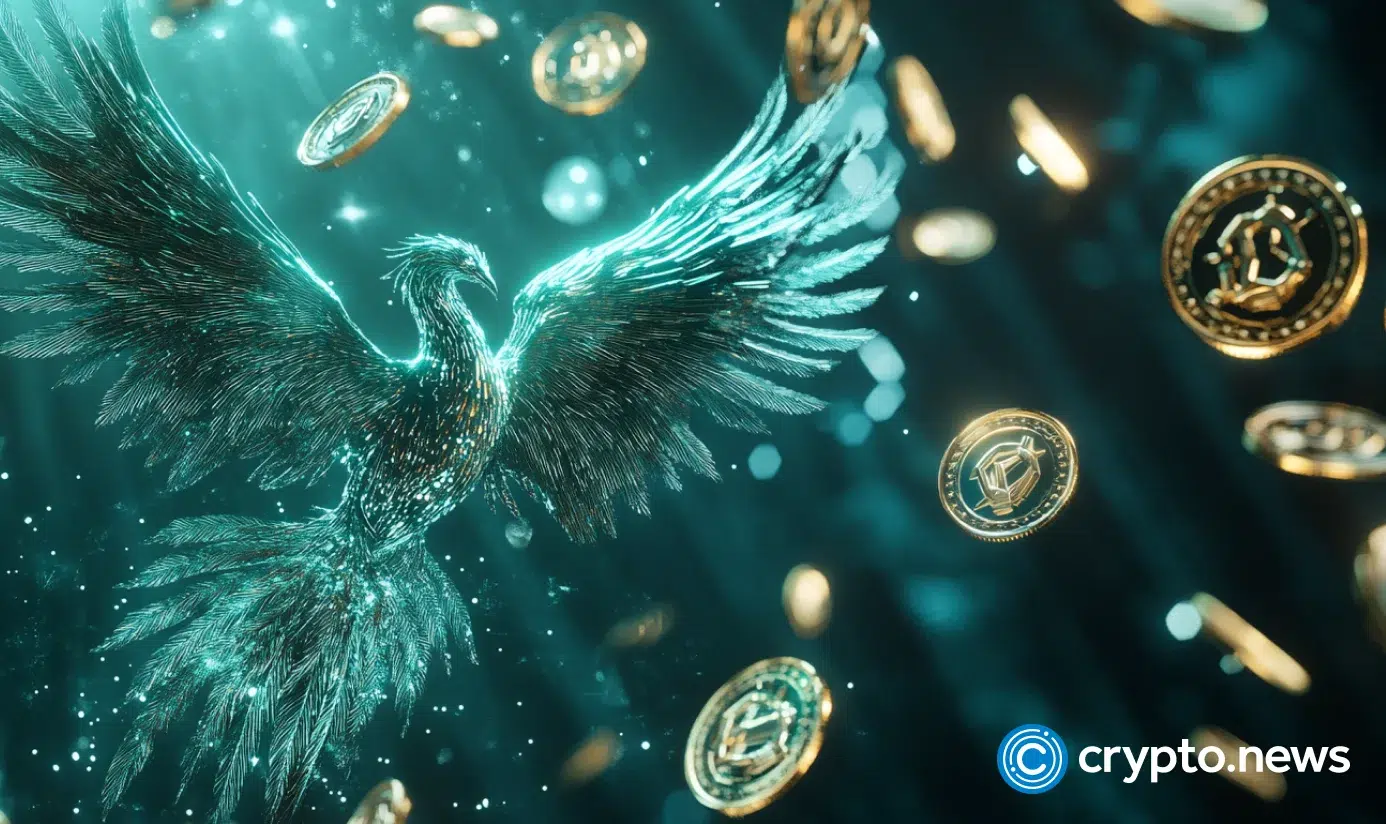
5 months ago
Multicoin Capital Predicts Major Revenue Growth for Decentralized Enterprises by 2025
Kyle Samani, co-founder of Multicoin Capital, has made an optimistic forecast regarding the future of decentralized enterprises, specifically Helium, Hivemapper, and io.net. He predicts that by the end of 2025, their combined revenue will exceed $100 million. Currently, these companies are generating over $50 million annually, and Samani believes that this figure could triple in the coming year. He emphasizes that 2025 will be a crucial year for decentralized physical infrastructure networks, particularly those built on the Solana blockchain, which are expected to significantly impact various industries by decentralizing essential infrastructure.
Multicoin Capital is recognized for its focus on innovative technologies that aim to decentralize and enhance critical infrastructure. The firm invests in both private equity and tokens for blockchain projects, providing support to entrepreneurs through various financing rounds. Among its notable investments are HNT, HONEY, and IO, all of which are working to revolutionize traditional industries with blockchain solutions. HNT, for instance, is a decentralized wireless network provider that incentivizes individuals to establish low-power wireless hotspots, transforming the wireless communication landscape.
In addition to HNT, HONEY is another key project in Multicoin's portfolio, which leverages user-generated content and blockchain technology to create a global map that allows contributions and profit-sharing. Meanwhile, IO is focused on decentralized cloud computing, offering infrastructure for high-performance applications. Samani's insights underline Multicoin's commitment to fostering decentralized innovation and supporting projects like Solana, which are paving the way for a future where decentralized networks will be integral to global infrastructure, reflecting a shift towards more decentralized solutions.

5 months ago
Grass Cryptocurrency: A Promising Yet Challenging Journey Ahead
The cryptocurrency project Grass, built on the Solana blockchain, has recently made headlines with a remarkable 494% surge in price following its airdrop. Initially, the price peaked at $3.89 on November 8, 2024, but has since stabilized around $2.3 to $2.4. With 2 million users and a position among the top 15 Decentralized Physical Infrastructure Network (DePIN) coins, Grass shows significant potential, although it faces regulatory scrutiny and challenges regarding its data collection practices. The project allows users to earn passive income through web scraping, utilizing unused internet bandwidth to train artificial intelligence, which raises concerns about privacy and data security.
Despite the initial excitement surrounding the airdrop, which distributed 10% of the total supply to users, the price has seen fluctuations. Analysts suggest that while Grass has established itself in the market, it must navigate potential regulatory hurdles and the lack of an audit for its code. The project’s unique model, which involves nodes, routers, and validators to manage data collection, positions it well within the growing DePIN sector. However, the project's reliance on user data and the absence of transparency in its operations may hinder its long-term growth prospects.
Looking ahead, the high annual percentage yield (APY) for staking, estimated at around 50%, and the anticipated launch of an iOS app in Q1 2025 could reignite interest in Grass. As the project continues to evolve, its ability to maintain user engagement and adapt to regulatory landscapes will be crucial. The crypto community remains cautiously optimistic, with traders noting that while the price may not experience drastic changes, it could stabilize and potentially rise again as the project matures and expands its offerings.
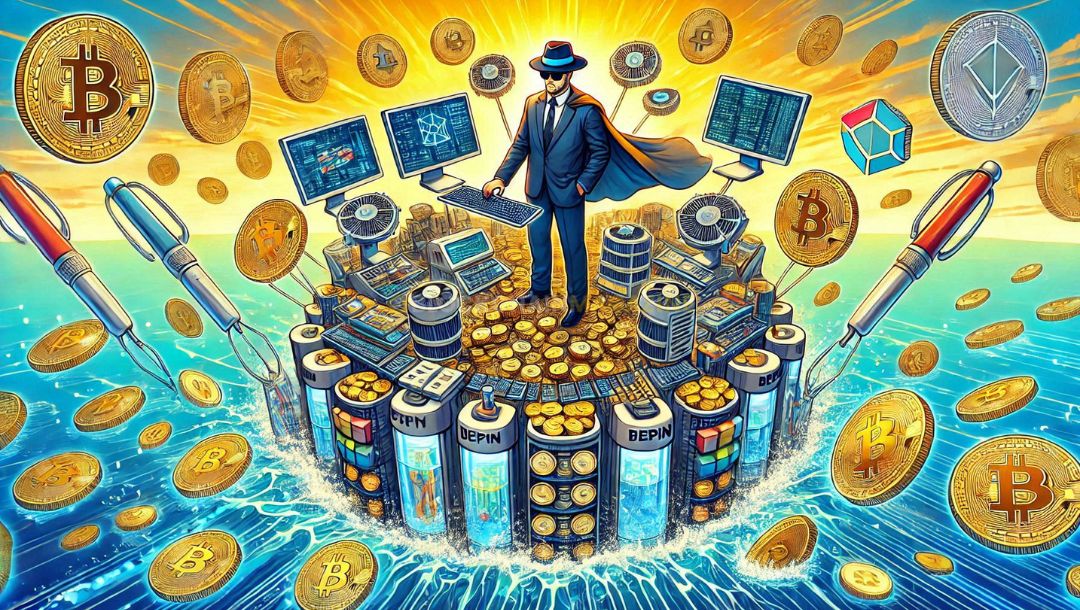
5 months ago
Revolutionizing Infrastructure: The Rise of DePin Crypto
Decentralized Physical Infrastructure Networks (DePin) are revolutionizing the way we think about real-world infrastructure by leveraging blockchain technology. This innovative approach aims to redistribute power from centralized corporations back to the community, making systems like storage and streaming more accessible and equitable. With a surge in interest, several DePin coins are emerging as key players in this space, offering unique solutions and investment opportunities. Notable projects include Chirp, Render, BitTorrent, Filecoin, Theta Network, MultiversX, and Ocean Protocol, each contributing to the decentralization movement in distinct ways.
Chirp stands out as a decentralized telecommunications network built on the Sui blockchain, focusing on IoT connectivity. By allowing users to operate their devices and earn CHIRP tokens, it incentivizes participation and fosters a more interconnected digital landscape. Render Network, on the other hand, connects creators with GPU providers, democratizing access to rendering services. Its recent transition from Ethereum to Solana has enhanced transaction speeds, making it a favorite among creatives. Meanwhile, BitTorrent has evolved into a decentralized file-sharing platform, rewarding users with BTT tokens for sharing files, showcasing the potential of community-driven content distribution.
Filecoin operates like an Airbnb for data storage, enabling users to rent out digital storage space while ensuring data security through blockchain verification. Theta Network is redefining video streaming by allowing users to share bandwidth, enhancing content delivery while rewarding participation with TFUEL tokens. MultiversX offers a scalable blockchain infrastructure, facilitating efficient transactions for various applications, while Ocean Protocol focuses on decentralized data exchange, supporting AI and machine learning through tokenized datasets. As DePin continues to grow, these projects exemplify the shift towards a more decentralized and user-centric digital economy.

5 months ago
CUDIS Partners with UCLA Athletics to Promote AI-Powered Smart Rings
CUDIS, a web3 wellness company backed by Draper Associates, has announced a year-long partnership with UCLA Athletics aimed at promoting its AI-powered smart rings among students and athletes. This collaboration will include campus activations where CUDIS will showcase its innovative rings to UCLA students and sports fans. The initiative is designed to encourage discussions about healthy lifestyles, performance tracking, and data ownership, while also allowing student-athletes to leverage their image rights to promote the product across their social media platforms.
As part of the partnership, CUDIS plans to sign name, image, and likeness agreements with student-athletes from various UCLA sports teams, including tennis, golf, basketball, gymnastics, and football. The collaboration will also feature interactive campaigns aimed at engaging UCLA fans, such as lucky draw promotions during sporting events. This strategy will help CUDIS connect its smart rings with the university's athletic culture, enhancing brand visibility and community involvement.
CUDIS's smart ring utilizes blockchain technology to monitor essential health metrics like heart rate, sleep patterns, stress levels, and calories burned. Built on the Solana network, the ring empowers users with full ownership of their health data and provides personalized wellness advice through an AI coach. Additionally, it incorporates a dynamic rewards system that incentivizes users to adopt healthier habits by offering passive rewards for positive lifestyle choices. Recently, CUDIS secured $5 million in funding, further solidifying its position in the burgeoning web3 wellness sector.

5 months ago
Solana's Ambitious Vision: Carving a Unique Niche in the Blockchain Space
2024 has proven to be a pivotal year for Solana, marked by a significant increase in developer activity and innovative advancements in decentralized physical infrastructure networks (DePIN). The Solana ecosystem is ambitiously positioning itself as a "decentralized Nasdaq," aiming to distinguish itself from competitors such as Ethereum and Layer 2 solutions like Base. In a recent episode of Unchained, Lily Liu, president of the Solana Foundation, and Mert Mumtaz, CEO of Helius, discussed the unique strategies Solana is employing to carve out its niche in the competitive blockchain landscape.
During the episode, the guests debated the potential of Base as a competitor to Solana, with Liu expressing confidence that Base does not pose a significant threat. They also addressed concerns surrounding the upcoming 2025 token unlocks, revealing that they are not particularly worried about the implications of these events. Furthermore, the conversation touched on Solana's innovative approach to miner extractable value (MEV) and how it could influence the network's future. The guests highlighted the reasons behind the influx of developers into the Solana ecosystem in 2024, emphasizing the platform's commitment to fostering unique innovations rather than merely replicating existing models from Ethereum.
The discussion also explored the potential of the Solana mobile phone to compete with established tech giants and the broader challenges facing the ecosystem. Mert Mumtaz shared insights on what network extensions mean for Solana, while both he and Liu underscored the importance of DePIN in showcasing the true value of blockchain technology. Their insights reflect a strong belief in Solana's vision and its capacity to endure amidst the evolving crypto landscape, positioning it as a formidable player in the years to come.

5 months ago
Altcoins Poised for Breakouts as Bitcoin Stabilizes
As Bitcoin ($BTC) appears to be nearing the end of its latest reversal, altcoins are positioned for potential upward movement. Notable candidates for breakouts include Solana ($SOL), Binance Coin ($BNB), and Theta Network ($THETA). The Total 3 chart, which tracks the combined market cap of all cryptocurrencies excluding $BTC and $ETH, indicates that the market cap is on track to achieve a target of $1.29 trillion. The chart also hints at the formation of a larger cup and handle pattern, suggesting that altcoins have significant room for growth. However, the RSI indicates a rejection from a descending trendline, which must be overcome for a reversal to occur.
Solana has experienced a surprising downturn despite previously breaking out from a cup and handle pattern. After losing support at $202, $SOL found a foothold at $176, aligning with an upward trendline. Currently, $SOL is up 2.3% and is testing horizontal resistance at $184. For $SOL bulls to regain momentum, they must break this resistance and aim for the critical $202 level. The Stochastic RSI indicates that $SOL is poised for a potential recovery ahead of other major altcoins, given its more advanced position compared to $BTC.
In contrast, Binance Coin is at a critical breakout level, facing strong resistance between $660 and $675. The outcome of this resistance will determine whether $BNB continues its upward trend or faces a downturn. Meanwhile, Theta Network remains significantly below its all-time high, with the price currently at $2.25 after a 4.4% increase. For $THETA to initiate a recovery, it must surpass this resistance and the local high of $3.80. However, the Stochastic RSI suggests a high probability of rejection, emphasizing the need to avoid a drop below $0.90 to maintain bullish sentiment.
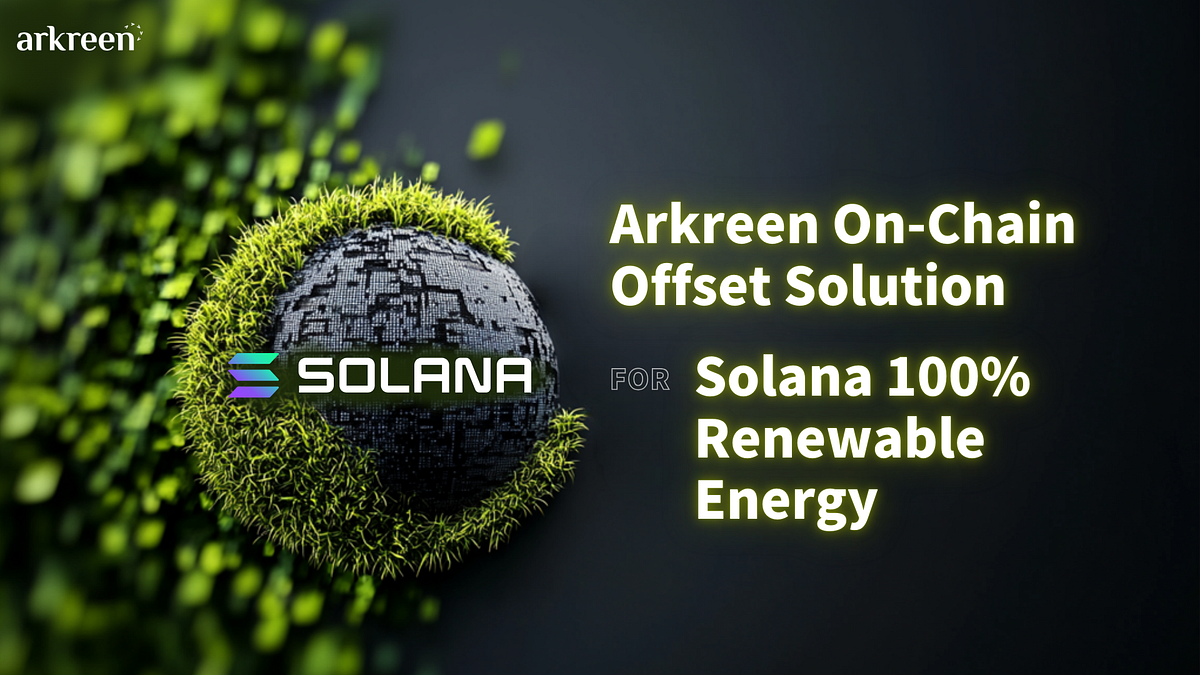
5 months ago
AREC Protocol Expands to Solana, Enhancing On-Chain Renewable Energy Solutions
The Arkreen Renewable Energy Certificate (AREC) protocol has achieved significant milestones in the realm of on-chain digital renewable energy certificates. To date, over 129,520 tokenized Renewable Energy Certificates (ARECs) have been issued, representing a total of 129 GWh of green energy. This includes nearly 5 GWh generated from residential solar panels by Arkreen community members, while the remaining 125 GWh was tokenized through traditional REC bridging. The community actively utilizes the tokenized REC token, ART, to offset their energy consumption and engage in green initiatives, such as the GreenBTC.Club, which collectively offsets the carbon emissions of the Bitcoin network.
The AREC protocol is already operational on the Polygon and Celo networks, demonstrating strong adoption. The next phase of expansion involves deploying the protocol on Solana, a blockchain known for its high transaction throughput and user-friendly experience. This move is crucial as Solana hosts numerous Decentralized Physical Infrastructure Networks (DEPIN) projects that require solutions to mitigate brown energy consumption. After extensive development and testing, the AREC protocol has been adapted for Solana's unique technical environment and is ready for deployment on the mainnet.
The integration of the AREC protocol into Solana will facilitate the issuance of self-certified tokenized RECs based on solar energy generation data, alongside traditional REC bridging. The ART token will be minted as NFTs before being liquidated for use within the Solana ecosystem, promoting carbon neutrality among Web3 projects. With Solana's commitment to sustainability, including purchasing carbon credits to offset its network's footprint, the AREC protocol will fill a critical gap by providing native carbon assets. This deployment is set to reinforce AREC's status as the leading on-chain digital REC protocol and significantly contribute to the renewable energy movement within the Web3 ecosystem.
Signup for latest DePIN news and updates